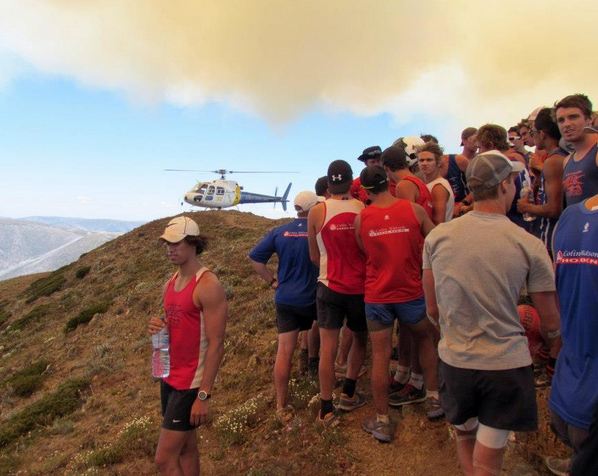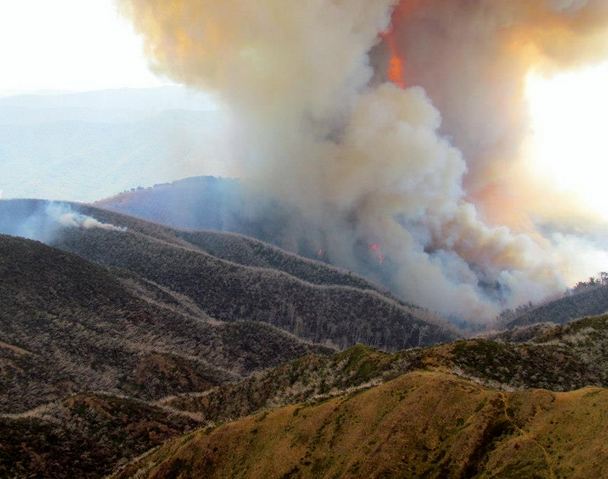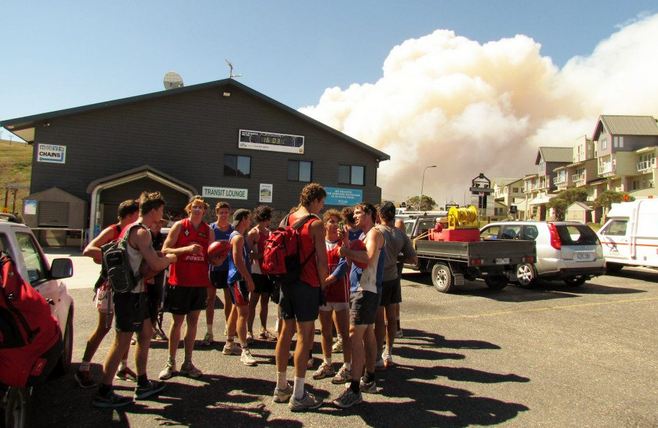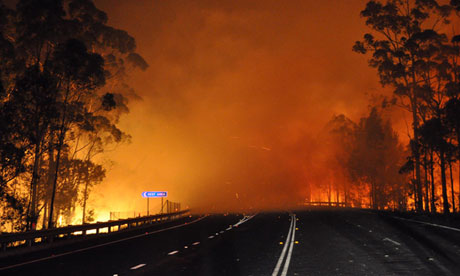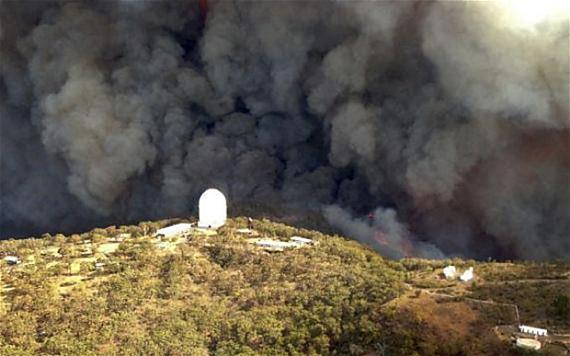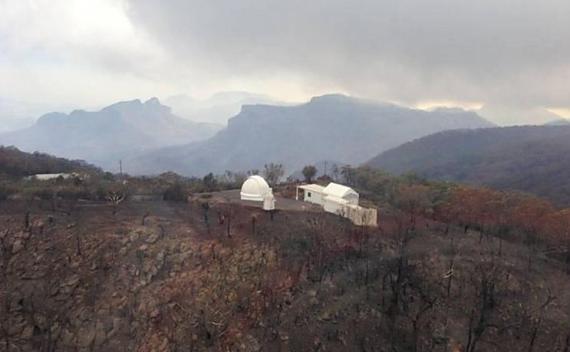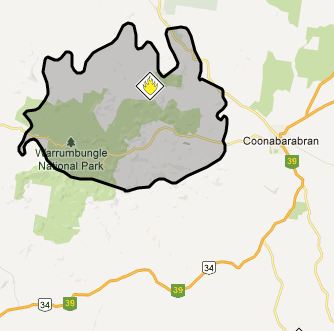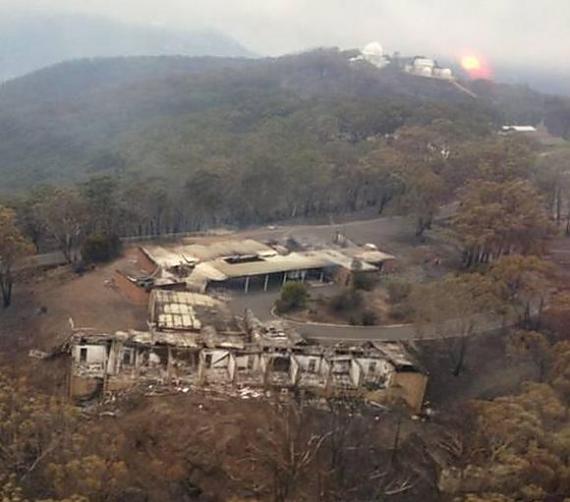The federal government of Australia will stop funding bushfire research. The Bushfire Co-operative Research Centre has never received continuous annual funding but has been provided funds on a project by project basis. Shutting down the Centre would be similar to the United States government closing the Fire Sciences Laboratories in Missoula and Riverside.
Here is an excerpt from an article in the Canberra Times:
…The ACT government is frustrated at the move to cut off money for the Bushfire Co-operative Research Centre, when bushfires are not completely understood and continue to take lives and damage property.
The centre’s chief executive, Gary Morgan, warned that fires would get worse as the climate changed.
Investigators from the Melbourne-based Bushfire CRC are being dispatched this week to study recent fires near Yass and Goulburn.
The centre is funded on a project-by-project basis by the Commonwealth, with funding also from state and territory governments, as well as universities and other partners.
NSW Premier Barry O’Farrell criticised the federal government’s decision to stop funding the centre.
”This reckless cut makes no sense given the extent of the bushfire damage this summer here in NSW and right around the country,” he said on Sunday. ”There can be absolutely no doubt advances in bushfire-fighting technology saved homes and lives during the recent bushfire crises.”
He said the centre’s work had included raising understanding of extreme fire behaviour, better protecting firefighters and improving prescribed burning strategies.
The centre was set up after major Canberra and Sydney fires 10 years ago and assisted Victoria’s royal commission after Black Saturday.
Thanks go out to Dick


